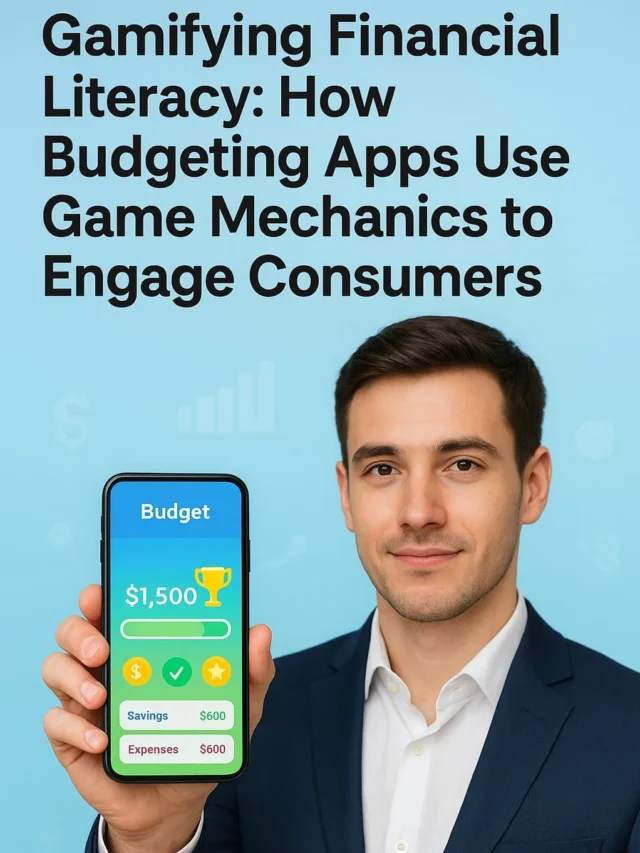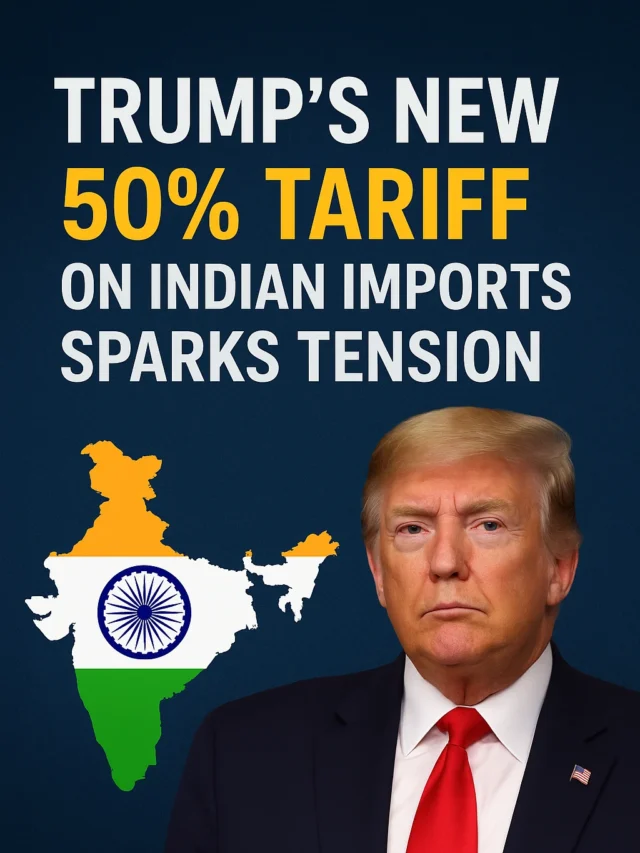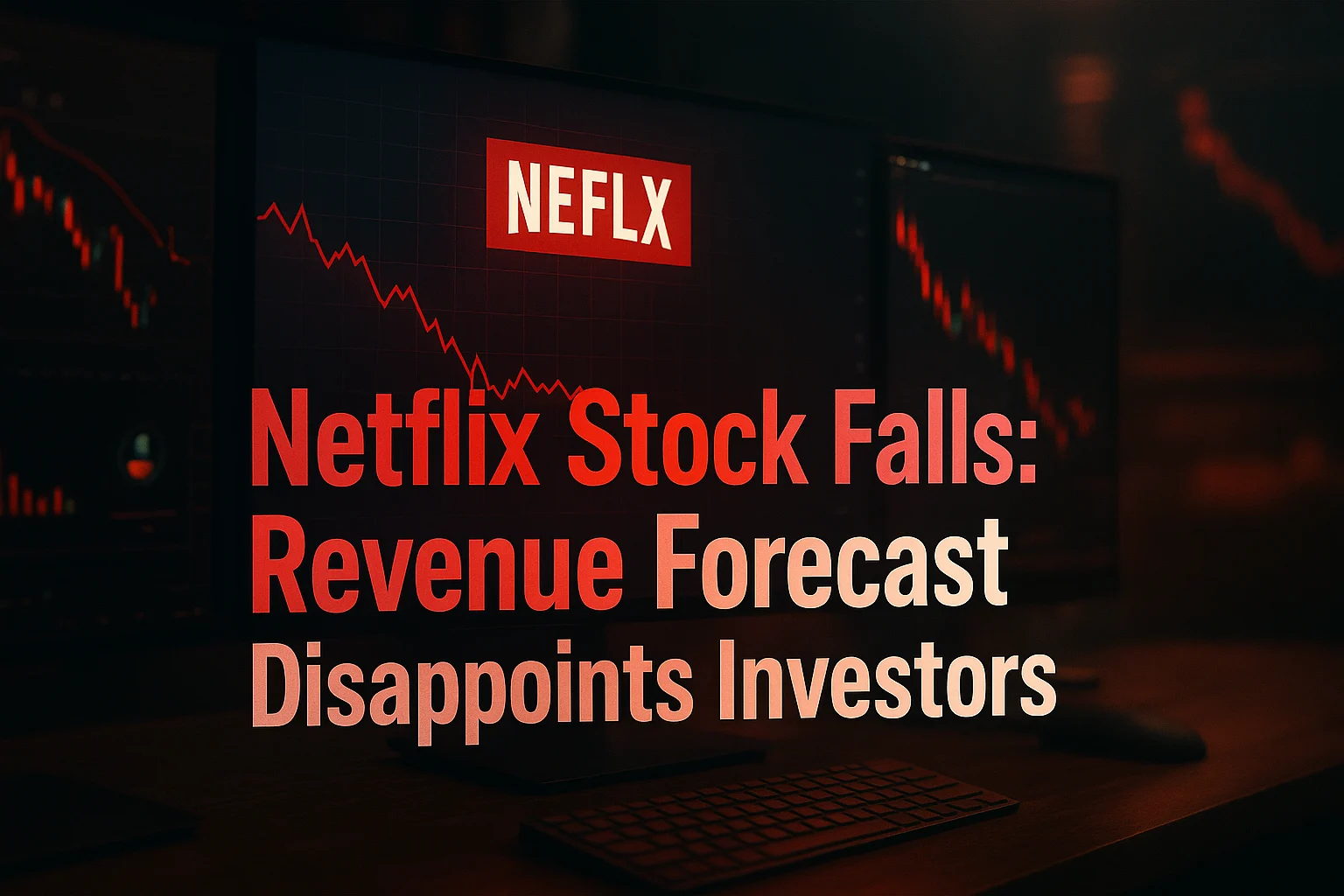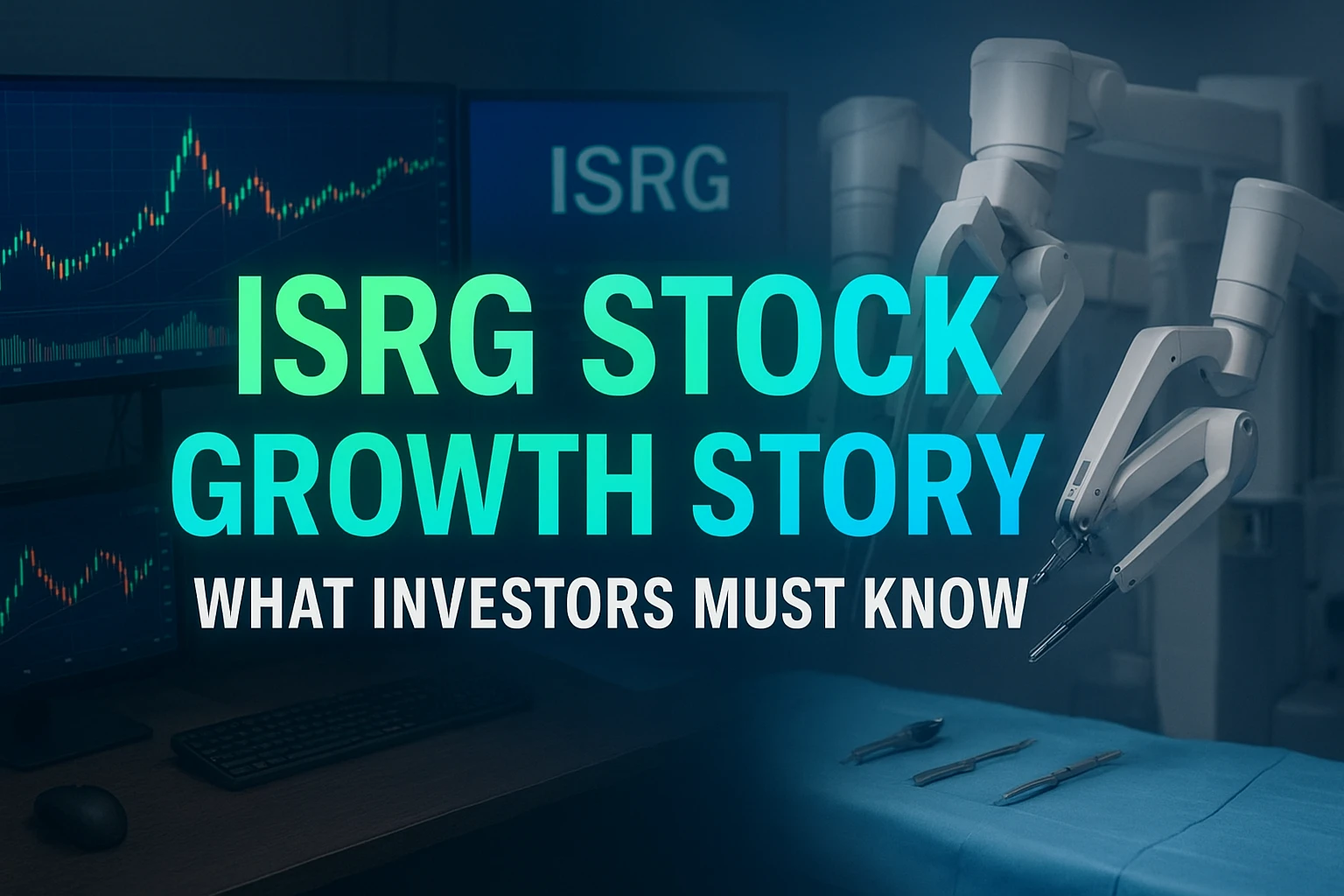Gamifying Financial Literacy has become a new and fun way to understand and manage money in today’s time. Nowadays, it is important for everyone to manage money properly…
Nowadays, it is important for everyone to manage money properly, but to be honest, making a budget, writing down expenses, and focusing on savings seems a bit boring. This is the reason why many people, even in America, are not that strong in financial literacy, i.e., understanding of money. Now imagine if saving money and making a budget were made fun like a game? This is what today’s new budgeting apps are doing.
Gamifying Financial Literacy means combining money education and management with the rules, rewards, and fun challenges of the game. Just like we get happiness as soon as we cross a level in a game, similarly, if the app gives us badges or points on completing the budget, we remain more motivated. This method is especially beneficial for the youth and those who try to make a budget again and again but give up in the middle.
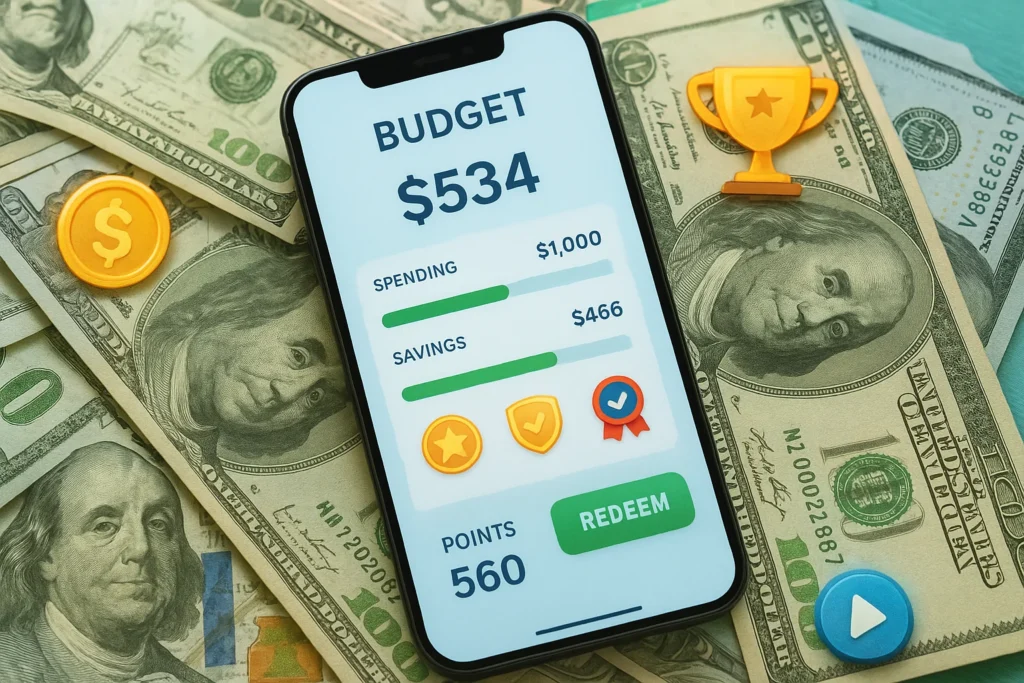
N, ow just imagine, if an app gives you an “Achiever Badge” every month for controlling expenses, or makes you level up on increasing savings, then won’t you enjoy it like a game? Some apps even bring social features in which you can compete with your friends, like who saved more or who paid off their debt faster. This way, healthy competition also increases, and money management becomes fun instead of a burden.
The biggest advantage of these is that gamification keeps you constantly engaged. Many users say that when they see their progress in the progress bar, they feel more inspired. This is simple psychology – humans always like reward and recognition. That is why gamification not only makes budgeting apps interesting but also teaches people financial discipline.
In the US, many apps like Mint, YNAB (You Need A Budget), and Qapital are using this method. Mint tracks your spending habits and gives insights, and also shows progress on setting small goals. Qapital lets you set “rules” like every time you buy coffee, $2 should be auto-saved in your savings account. With these small game-like features, people are forming saving habits without pressure.
But yes, it also has a limitation. Sometimes people can forget the real purpose in pursuit of a reward. For example, they can focus only on short-term goals to get badges or points. Therefore, it is important that gamification should be fun, but the core focus should always be on financial literacy and long-term money habits.
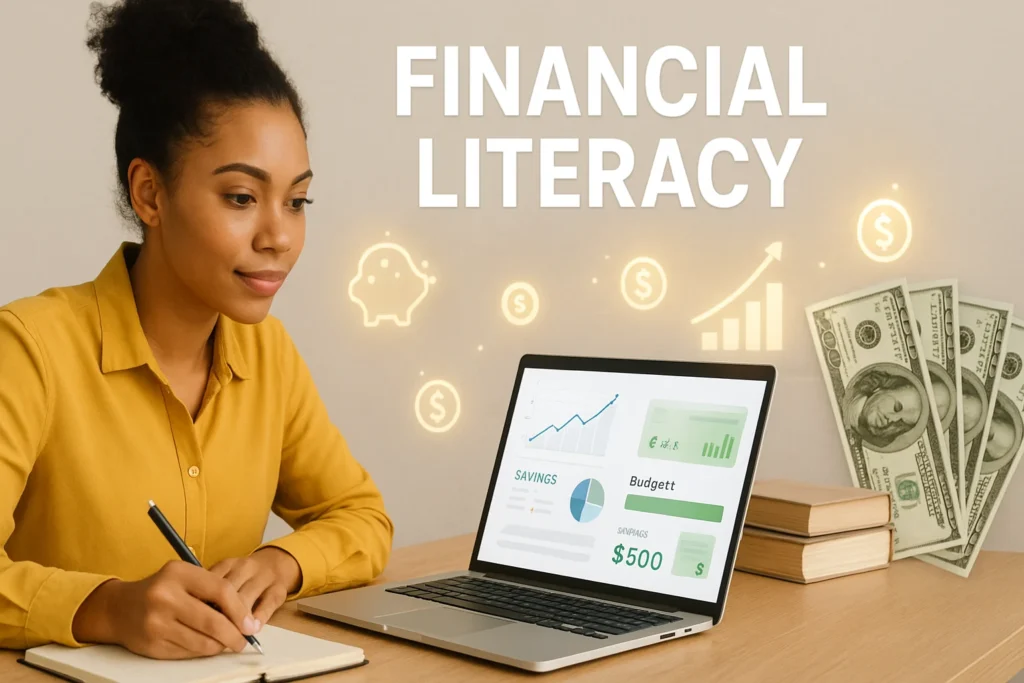
Talking about the future, experts believe that gamified financial tools will be even smarter. Artificial Intelligence and personalized challenges will together customize apps according to each person. This will reduce financial stress and make learning related to money easier.
In the end, we can say that Gamifying Financial Literacy is not just a trend, but a new way to understand and manage money. If you have not tried any gamified budgeting app yet, then definitely do it. Maybe from tomorrow you will find budgeting fun and not boring.
FAQ❓
1. What does Gamifying Financial Literacy mean?
Gamifying Financial Literacy means making money and budgeting fun by making it a game-like experience. In this, apps give users points, badges, levels and challenges so that people take continuous interest in managing money.
2. Which Budgeting Apps in the US use gamification?
Many popular apps in the US such as Mint, YNAB (You Need A Budget), and Qapital use gamification. These apps keep users motivated through progress bars, reward badges, and challenges.
3. Does Gamifying Financial Literacy really help you save money?
Yes, because when managing money seems fun, people keep doing it for a long time. Gamification helps people build consistency and discipline, which makes saving habits naturally stronger.
4. Are gamified budgeting apps right for everyone?
Not necessarily. Some people find these features fun but others may find them a distraction. Still, for most users, gamified budgeting apps have become an easy and engaging way to save money and learn financial literacy.
Also read:
7 Best Tips on Investing for Teenagers – How to Build Wealth from a Young Age




